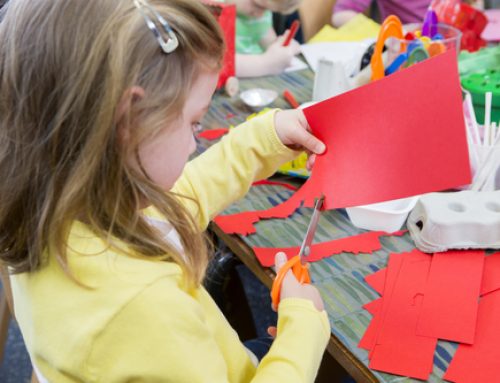 A great way to engage children in communication activities is to play simple games such as Chinese Whispers. This plan looks at NQF outcome 5.1 to develop communication skills of active listening and speaking clearly for children.
A great way to engage children in communication activities is to play simple games such as Chinese Whispers. This plan looks at NQF outcome 5.1 to develop communication skills of active listening and speaking clearly for children.
Targeted Children: Year 3 Children, Ella, Charlie, Cooper, Mitchell, Mia, Conner, Jack, Thomas, Tristan, Alecia, Bella, Sophie.
N.B. names are for illustrative purposes only.
Plan Type
Educator Planned
Intentionality
Children engage in the traditional, verbal game of Chinese Whispers. Children identify the importance of speaking clearly and listening carefully when communicating with others.
NQF Outcomes
5.1 Children interact verbally and non-verbally with others for a range of purposes.
Activity Description
- Explain to children the importance of speaking clearly and listening when communicating with others.
- Explain how to play the game ‘Chinese Whispers’.
- Get children to predict what might happen to the message as it is passed down the line.
- Write down the message on a piece of paper before whispering the message to the first child.
- The final student is to write down the message they received.
- Educator to facilitate discussion on reasons why the message changed (e.g. low voice unable to be heard, not concentrating when the message is given, intentionally changing the message).
- Discuss comparison about writing message verses giving a verbal message.
- Continue playing the game until all students have had a turn at being the final message giver.
Reflection
All students enjoyed playing the game with Ella and Sophie continuing to playing the game with other children later in the afternoon. Towards the end of the session, students enjoyed playing with words by intentionally changing them.
Bias: Hearing impaired children.
Follow Up
Engage Ella and Sophie with other interested children to explore limericks and funny poems to capitalise on playing with words for both communication and fun.









[…] Chinese Whispers […]